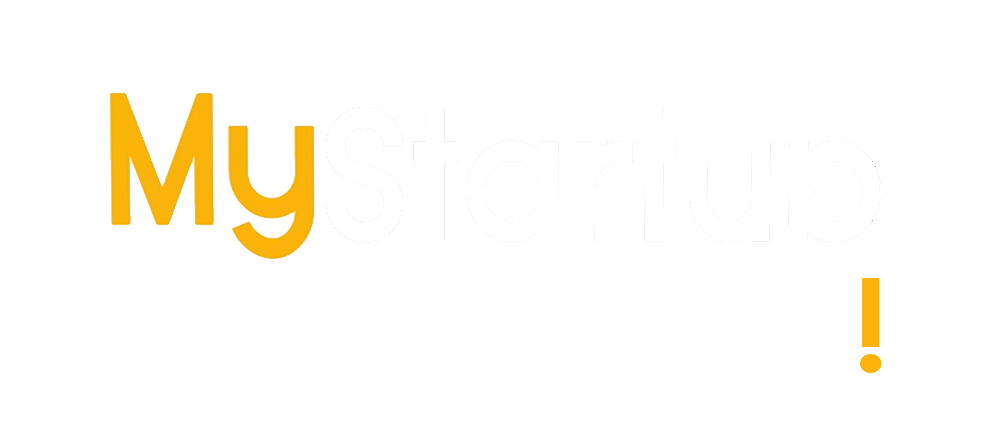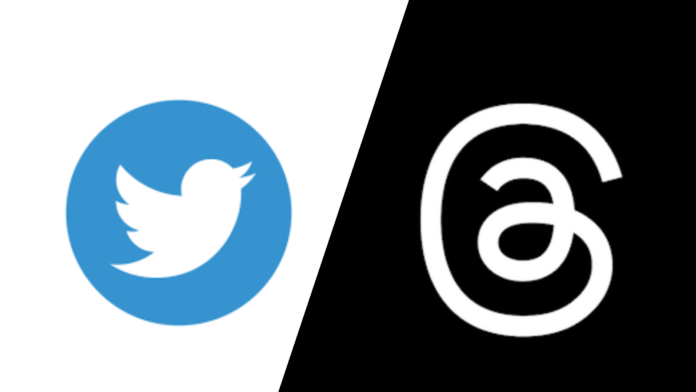Investors eagerly anticipated Meta’s potential “Twitter-Killer” app, reflecting in a 3% stock increase, surpassing rivals despite a declining tech market.
Mark Zuckerberg, the CEO of Meta, dealt a blow to Elon Musk on Wednesday night with the launch of Instagram’s highly-anticipated Threads platform, a direct competitor to Twitter. The rivalry between the tech billionaires came to life as Threads went live. Analysts predicted that Threads’ integration with Instagram would provide it with an existing user base and advertising infrastructure, potentially diverting ad revenue from Twitter, which has been struggling under its new CEO.
Investors were excited about the prospect of Meta having a “Twitter-Killer” available on the app store. This anticipation was reflected positively in Meta’s stocks, which closed up 3% on Wednesday, outperforming competitors in the tech market despite the overall decline.
Threads was launched as a standalone app, but screenshots on Apple’s App Store revealed that users could log in using their Instagram credentials and follow the same accounts, seamlessly incorporating it into the existing habits of Instagram’s more than 2 billion monthly active users.
Meta’s move against Musk was well-timed, as Musk’s chaotic decision-making had created turbulence for Twitter in recent months. According to social media consultant Matt Navarra, who has worked with Meta, Google, and Pinterest, Meta took advantage of this opportunity. Musk’s acquisition of Twitter for $44 billion last October resulted in a decline in its value, with advertisers leaving due to staff cuts and controversies related to content moderation.
While Meta is initially expected to focus on user growth rather than advertising on Threads, Navarra believed that prominent brands would eagerly invest a significant amount in advertising on the platform to capitalize on the initial buzz. He also mentioned that Threads would likely be perceived as more appealing and brand-safe compared to what Twitter currently offers.
To promote Threads, Meta reached out to social media influencers and encouraged them to post at least twice a day, according to Ryan Detert, the CEO of influencer marketing company Influential. The failure of other Twitter competitors to take advantage of Twitter’s challenges worked in Threads’ favor. Although platforms like Mastodon, Post, and T2 attempted to lure Twitter users away, they remained relatively small in terms of user base.
Meta had faced previous failures with standalone copycat apps, notably the unsuccessful Lasso app aimed at competing with TikTok. However, they adapted by integrating a short video tool directly into Instagram and downsizing their experimental app design unit as part of cost-cutting measures.
Jasmine Enberg, a principal analyst at Insider Intelligence, pointed out that the news-oriented culture on Twitter differs from Instagram’s more visually-oriented platform. She found it difficult to imagine that devoted Twitter users, who rely on the platform for news and world events, would immediately switch to Threads.
However, Enberg noted that Meta only needs to convince a quarter of Instagram’s user base to join Threads in order to rival the size of Twitter. She emphasized that Meta does not necessarily need to convert Twitter power users into Threads users, highlighting the potential for Threads to achieve success.




